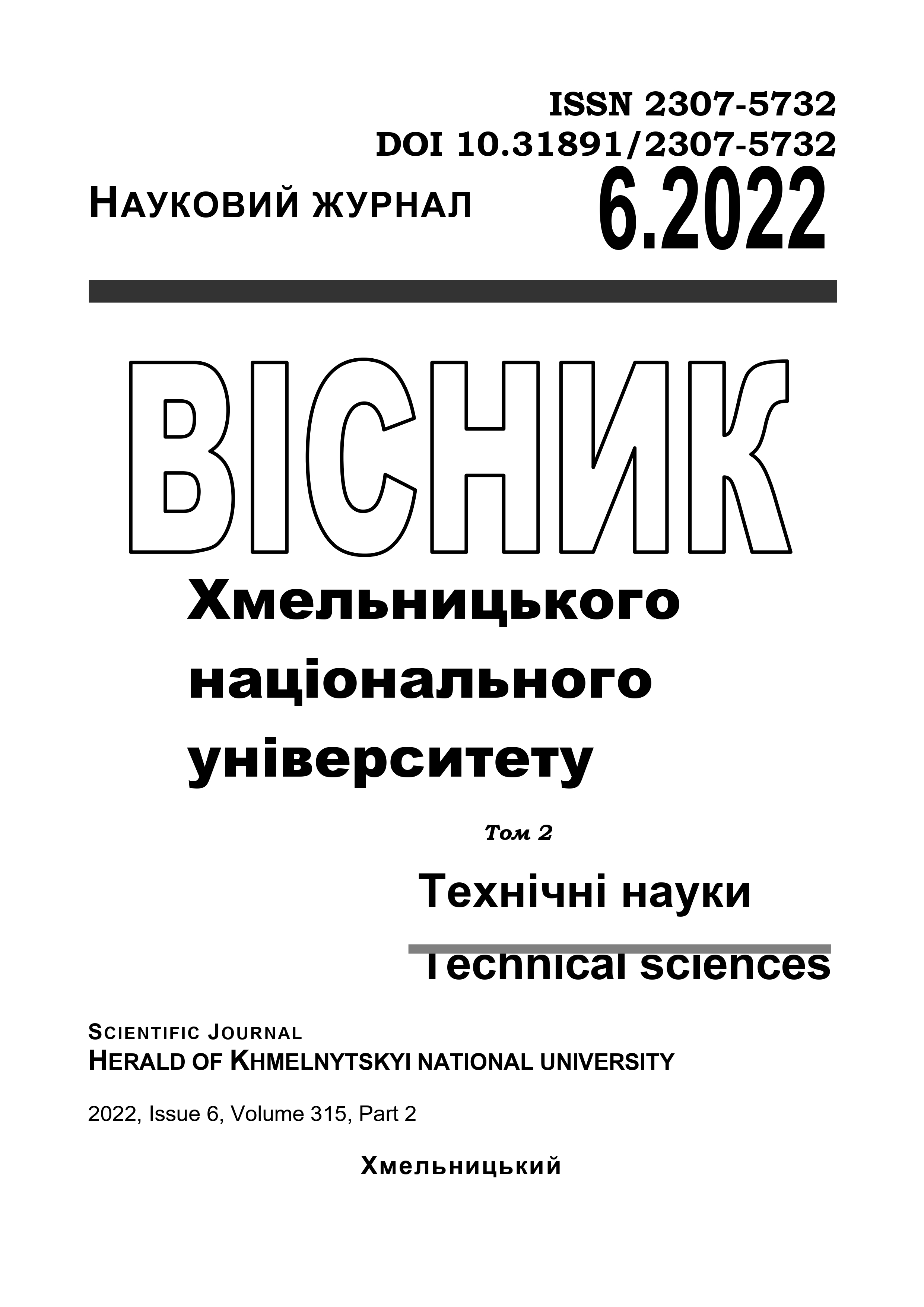INTELLIGENT OPTIMIZATION OF MULTIPLE ACCESS INFOCOMMUNICATION NETWORKS
DOI:
https://doi.org/10.31891/2307-5732-2022-315-6(2)-32-39Keywords:
multiple access, 6G technology, artificial intelligence, inter-channel interference, inter-symbol interference, user equipment, data transmission channelAbstract
The methods of multiple access with multiplexing of resources are studied and the advantages and disadvantages of orthogonal multiple access (OMA) and non-orthogonal multiple access (NOMA) are considered. A comparative analysis of data transmission schemes in the radio network was also performed, taking into account resource planning, in particular: transmission with service information and transmission without service information. The structure of the NOMA uplink receiver based on OFDM signals is proposed.
The peculiarities of providing supermassive connection within limited radio resources on the basis of grantless access using NOMA have been studied. At the same time, methods of solving the problems inherent in the current application of GF-transmission and NOMA in the implementation of supermassive connection to the access network based on 6G technology were considered.
Prospects for the introduction of an artificial intelligence transmitter based on a multiple access transmission scheme with low cost, low PAPR, low delay, high reliability and wide connectivity are determined. And features of artificial intelligence receiver design using artificial intelligence / machine learning techniques that can play a role in facilitating MUD design for NOMA are also considered.
Downloads
Published
Issue
Section
License
Copyright (c) 2022 Микола ВАСИЛЬКІВСЬКИЙ, Ганна ВАРГАТЮК, Ольга БОЛДИРЕВА (Автор)

This work is licensed under a Creative Commons Attribution 4.0 International License.

